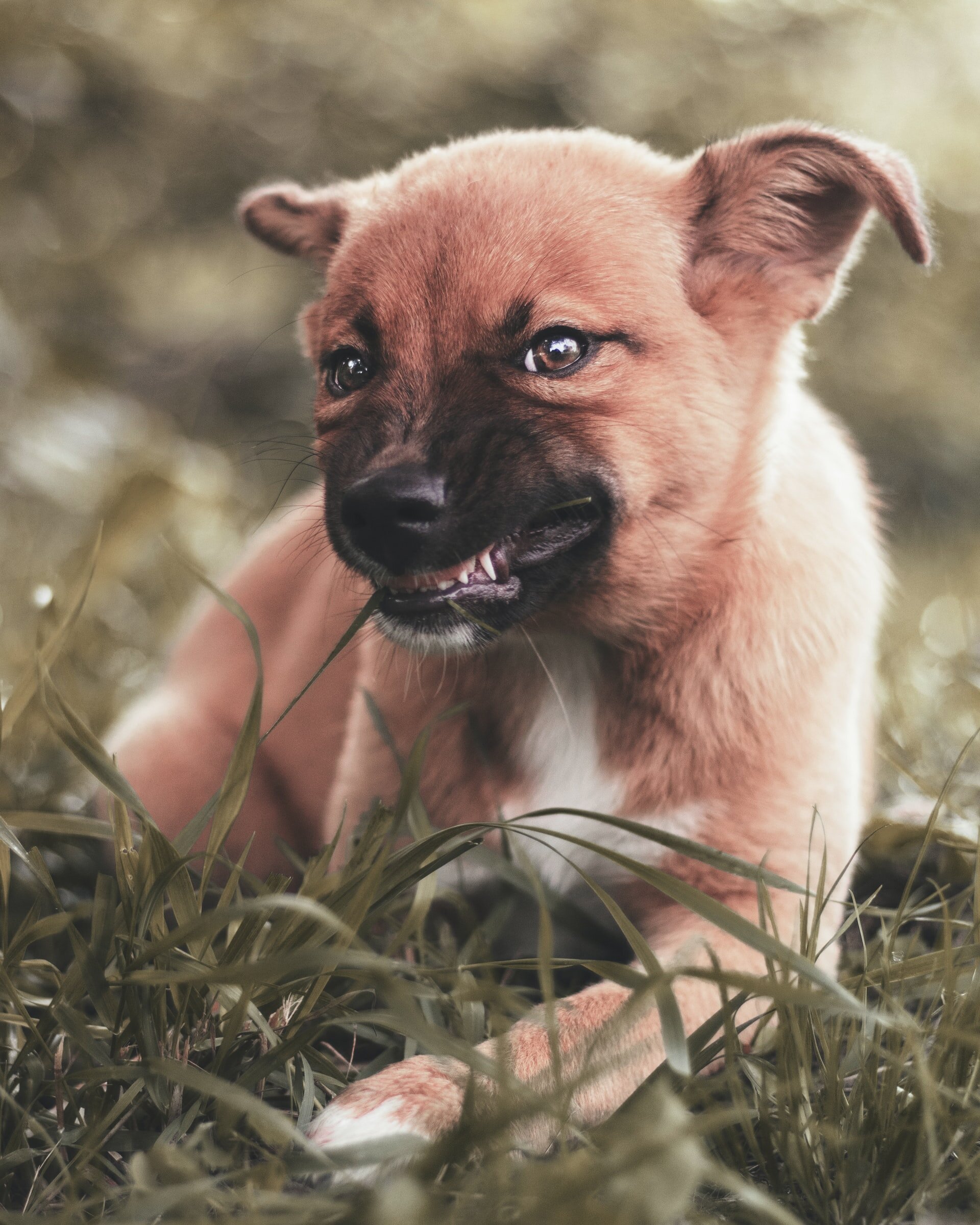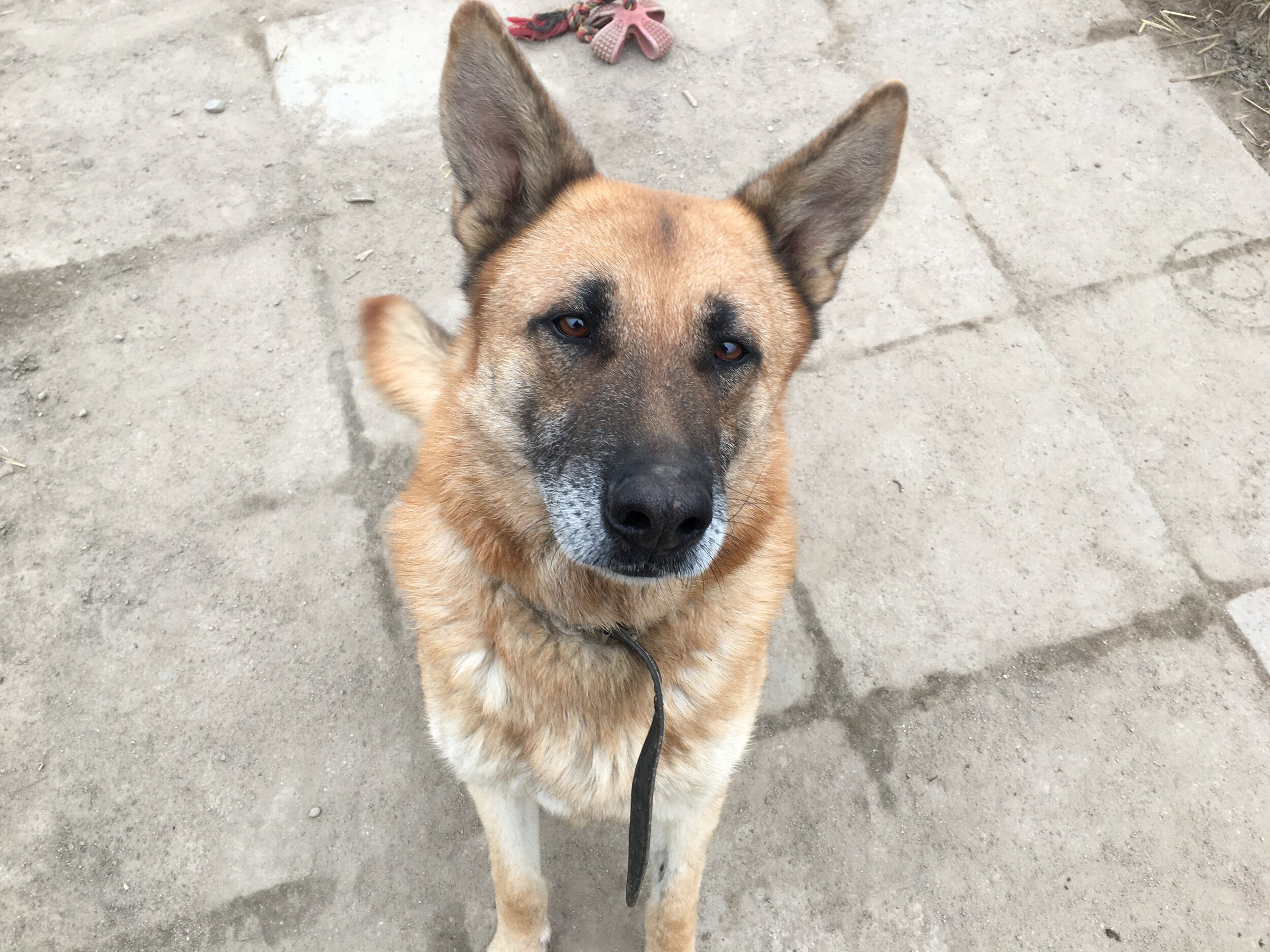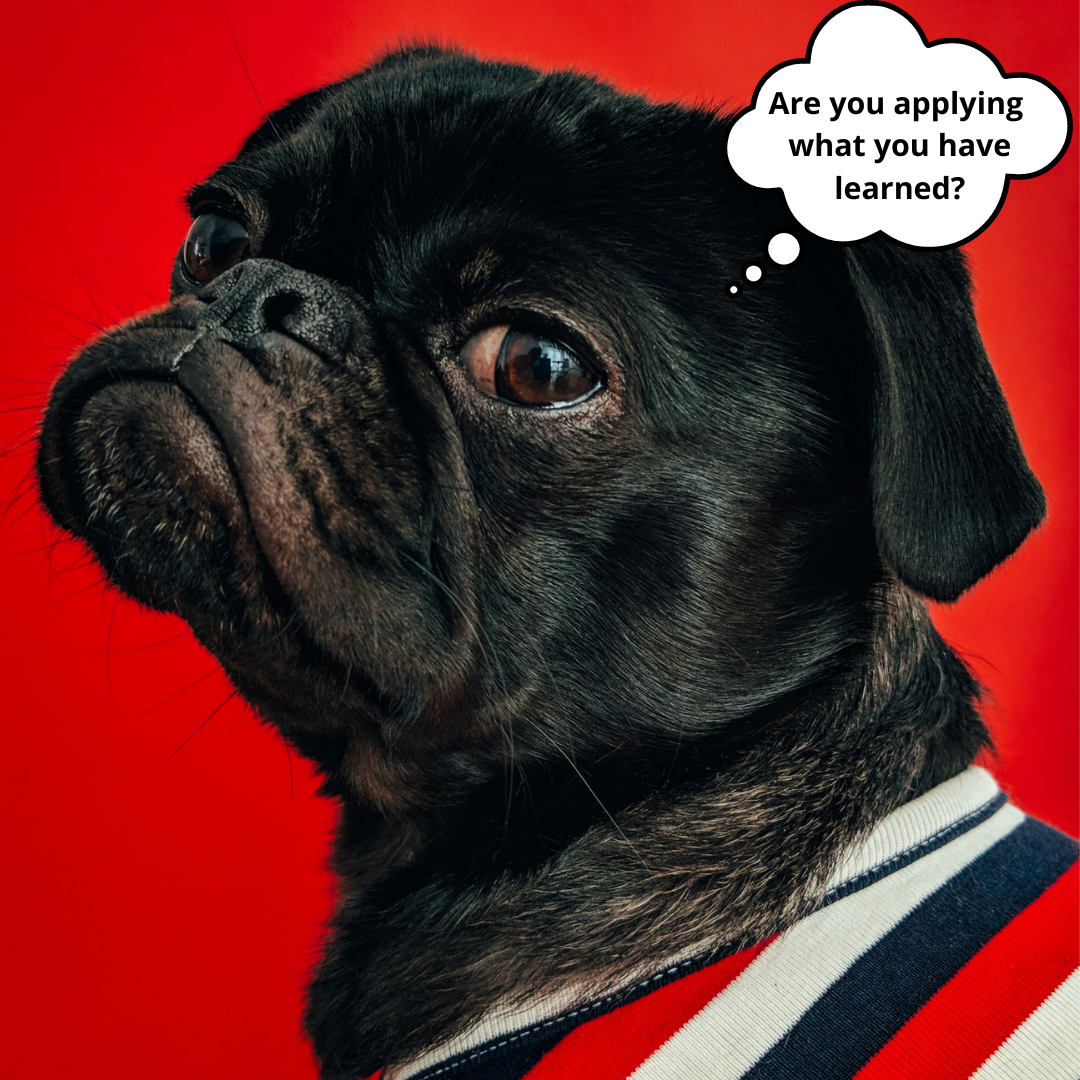Unpacking labels and ability to learn
Photo by Daniel Lincoln on Unsplash
I wrote before that we are not our labels. What I mean is that label is not enough to know what the person or animal is like. It doesn’t mean that we have to stop using labels altogether but we could learn to unpack them. How does it look like when you say “your dog is aggressive”? How does it look like when “your dog is a rescue”? How does “impulse control” look like?
This exercise is not easy. We are so used to using labels and assuming that everyone understands them in the same way we do, that we never take our time to explain it in any other words. Coming up with definitions that we hold for labels that we use can be challenging.
When I'm asking to unpack the label, I ask to think about what are the behaviours that we can observe? When does it happen? What happens around when the behaviours occur? What happens before and what happens after?...
Aggression as a label
Photo by Nick Bolton on Unsplash
When someone says "my dog is aggressive", I would like to know how does that look like exactly? It might be barking, showing teeth, snarling, lunging, biting and many more. It can look a little bit different depending on whether the dog is on the leash or behind the fence. Yet, this is just the start of unpacking. The biggest part is finding out what happens around in the environment before and after the behaviour. What triggers those behaviours and (very importantly!) when he is not behaving in this way? There are times when he is not like that and I want to help people learn to notice that. It’s even more important when owners have a label “my dog barks all the time!” That can never be the case but for some owners, it is difficult to remember when the dog is not barking. It takes so much of their energy to manage his barking that it seems like he is always doing it. Remembering the times when he is not, can help come up with the plan on how to increase those times. Coming back to the label “aggressive”, it might be the case that the dog displays these behaviours when he sees another dog. I would like to know how far away you can be before he starts to do it? Are there any particular dogs he reacts more to or he doesn't react to? Unpacking the label means all of the above and much more. In other words, by answering those questions you come up with a description of how your dog behaves and it can be very different from another dog with the same label.
Rescue dog as a label
Photo by Fabian Gieske on Unsplash
Dogs from a shelter often have a label "he is a rescue". Yet, that doesn't tell me anything about his behaviour. I help at shelters, I've seen all kinds of behaviours there and I don't know which one can someone think is the most common? I believe some people say that "rescue dogs" might have gone through some kind of trauma, therefore, it's easier to forgive them certain behaviours. I would argue that we don't have to blame any dogs for their behaviours whether a rescue or not. We can work with any dog regardless of where he came from. It is very useful to know their history but, in rescue, we often don't know the history. It's all our interpretation of their behaviours. Just because the dog crouched when you raise your hand high, does not automatically prove that he was beaten. It might be a fear reaction to the sudden movement that was never correlated with being hit by a human. Maybe he hasn’t been around humans and is naturally cautious of them. Maybe he is scared of all the noises around him and everything, even a little bit out of the norm, triggers crouching? There can be many different explanations and scenarios. The only information I receive from "he is a rescue" is that I'm happy you adopted him. He needed home and you are taking care of him and I'm grateful for it. How will he be? I have absolutely no idea! But we can get to know him :)
Impulse control as a label
Photo by Jamie Street on Unsplash
I wrote about impulse control and explored ways to teach the dog "leave it" cue. When considering it, I would also like to unpack the label "impulse control". What does that look like? It could be that the dog is able to wait for his treat or for his turn to get a treat in a multi-dog household. It's often about waiting for a release cue but it could be about being able to stay in one place even though there is something in the environment that the dog would love to run to. It can be many different things and depending on what it is, we can have a different approach. In my previous blog, I shared an example with a doge and leaving not only a treat but also your lunch out and “expecting” your dog to not eat it. This time, I would like to use a human example that I hope will be relatable. Contrary to the common belief, "impulse control" is not something that we have as an innate trait, it's something we can learn. You can be great at controlling your urge to eat a doughnut when you are home alone but not during the weekend away with your friends. Does that mean that your "impulse control" went on vacation? Or maybe it's simply unspecified how does that actually look like? The change in the environment changes your behaviour. It doesn't make you into a bad person, you just haven't learned the strategies that you can use in a different setting like being away for the weekend with friends. It's not something that you inherently possess, it's context-specific. We are fast to blame and shame ourselves when we simply haven't developed strategies to use in a different environment. To clarify, I'm talking about a situation when you don't want to eat a doughnut while being away with friends. I'm not saying that that's what you SHOULD want, I'm exploring a situation when that's what you already promised to yourself and later you blame yourself for not being “strong enough”. Personally, I don't use "willpower" to stop myself from wanting certain food, I explore the situation from many different angles and take what I learn from behaviour analysis. I observe what changed and ask myself why is it more difficult in this different environment? I think about what could I do to make it easier for myself, is there a skill that is missing? At the same time, when I eat something that I was going to eliminate from my diet, I don't shame myself for it. To me, it's not a proof of lack of willpower and it's not something to be ashamed of. It's information that I can use to learn more about myself and my current patterns. If I would like to change my patterns, I will work on it gradually, taking changes in the environment into account. I don't think that “impulse control” is something I inherently have and that it helps me deal with the situation. I achieve not eating something that I decided I won’t be eating through implemented strategies like enjoying healthy alternatives and I develop it gradually.
To demonstrate my point, I would like to invoke the Marshmallow test. It was done in the 1960s at Stanford University by a professor named Walter Mischel. They offered one marshmallow to 4-5 years olds and told them that if they won’t eat it now, they will get two marshmallows later. You can still find amusing videos of the kids struggling to not eat the marshmallow immediately. Yet, what was more interesting is when Mischel followed up with those kids in the 1990s. He found a strong correlation between the ability to delay gratification on this simple test with higher achievements in life like higher grades at school, less substance abuse and more developed social skills. What the study didn’t show though is why certain kids didn’t wait for the second marshmallow. There have been multiple studies to replicate the test. One idea to influence the outcome of the test was to do a small training before the test. Kids that went through the training were able to delay the gratification. How did the training look like? The researchers promised to give a better and/or bigger toy and they delivered on their promise. They’ve done it a couple of times and kids were able to build trust that the bigger reward is coming. The original test did not prove that it is an innate trait that is causing kids to wait or not as in fact, it is a trainable ability. Many of the children who in the original study didn’t wait for the bigger reward came from poor families where they didn’t have much. Therefore having a marshmallow now at least gave them this marshmallow. They didn’t have trust that it would still stay there. From their experience, it’s safer to have at least the smaller reward now rather than face a threat that they will be left with nothing.
Photo by Juan Gomez on Unsplash
Learning and making progress is possible
To sum up, I believe labels can be very useful in day-to-day life to communicate with each other faster. It might get tricky once the label becomes a force that we tend to blame for certain behaviours. We stop looking for alternative solutions as we believe that it’s this label’s fault. I would like to encourage you to start unpacking the labels to find solutions. We and our animals are not doomed to our current circumstances. We can make progress, we can learn and we can change our current behaviours. No matter how small this progress will originally be, our ability to learn can move us forward one step at a time.
Resources:
More about the Marshmallow test - http://www.rochester.edu/news/show.php?id=4622















I'm feeling great and I prioritise health. I don't feel better than anyone else! I can enjoy feeling good about myself and hope for everyone else to enjoy themselves too. I believe that happiness is not something you achieve, it's something you DO. I'm choosing habits for happiness and I do them every day. I hope you can join me and start to seek happiness every day.